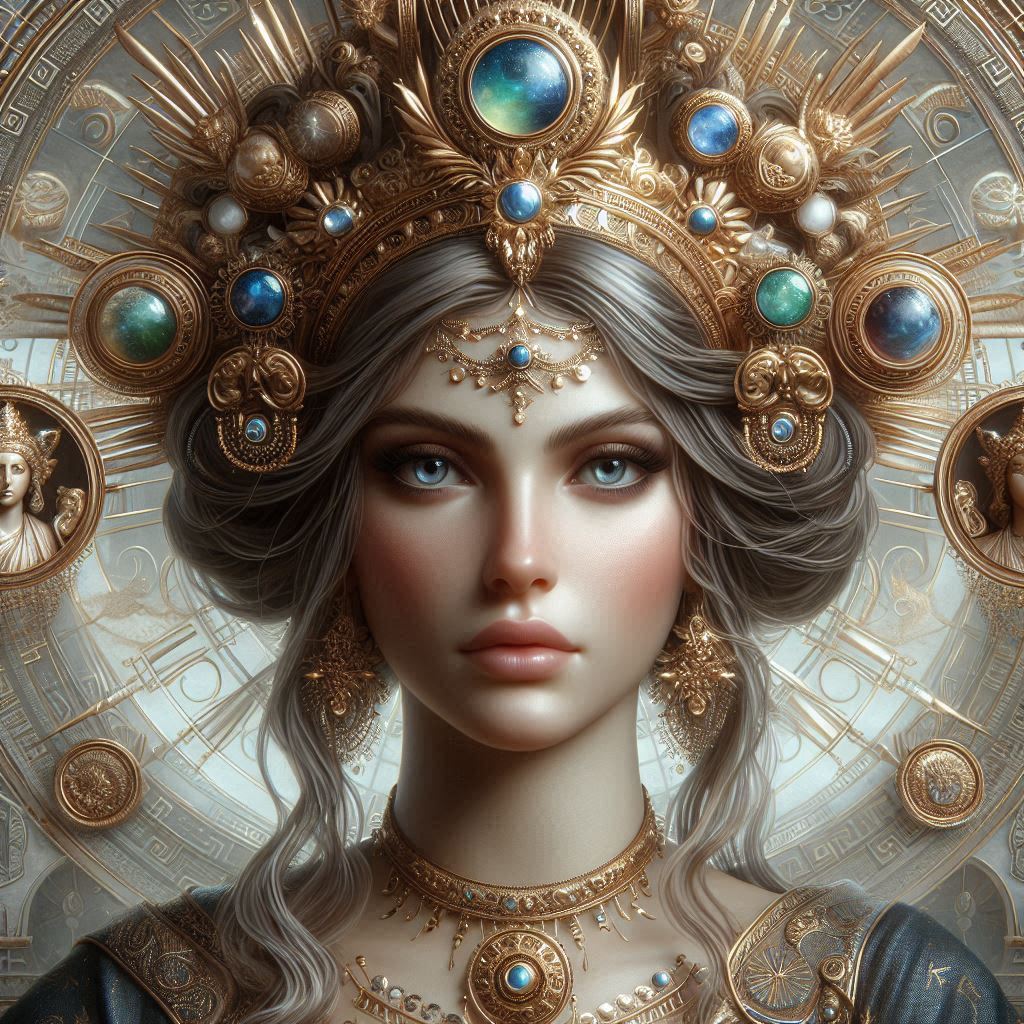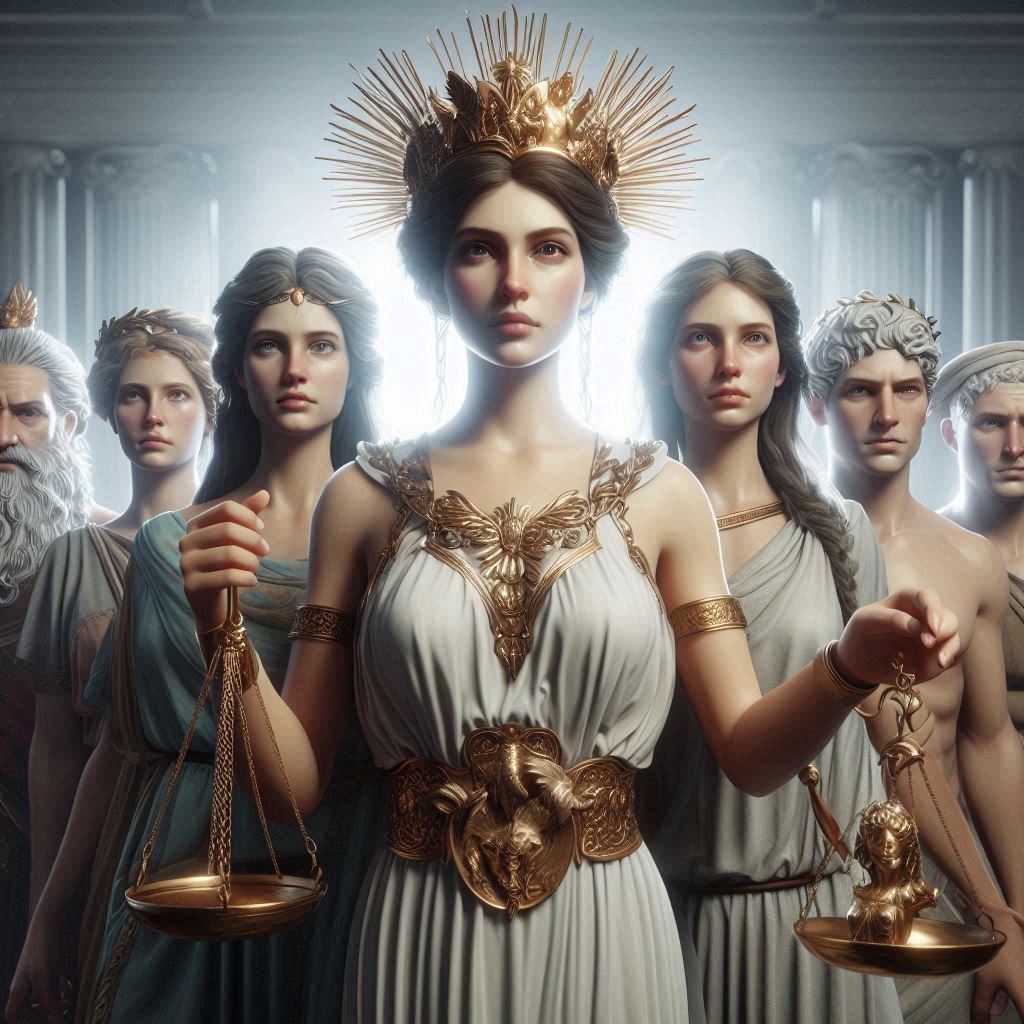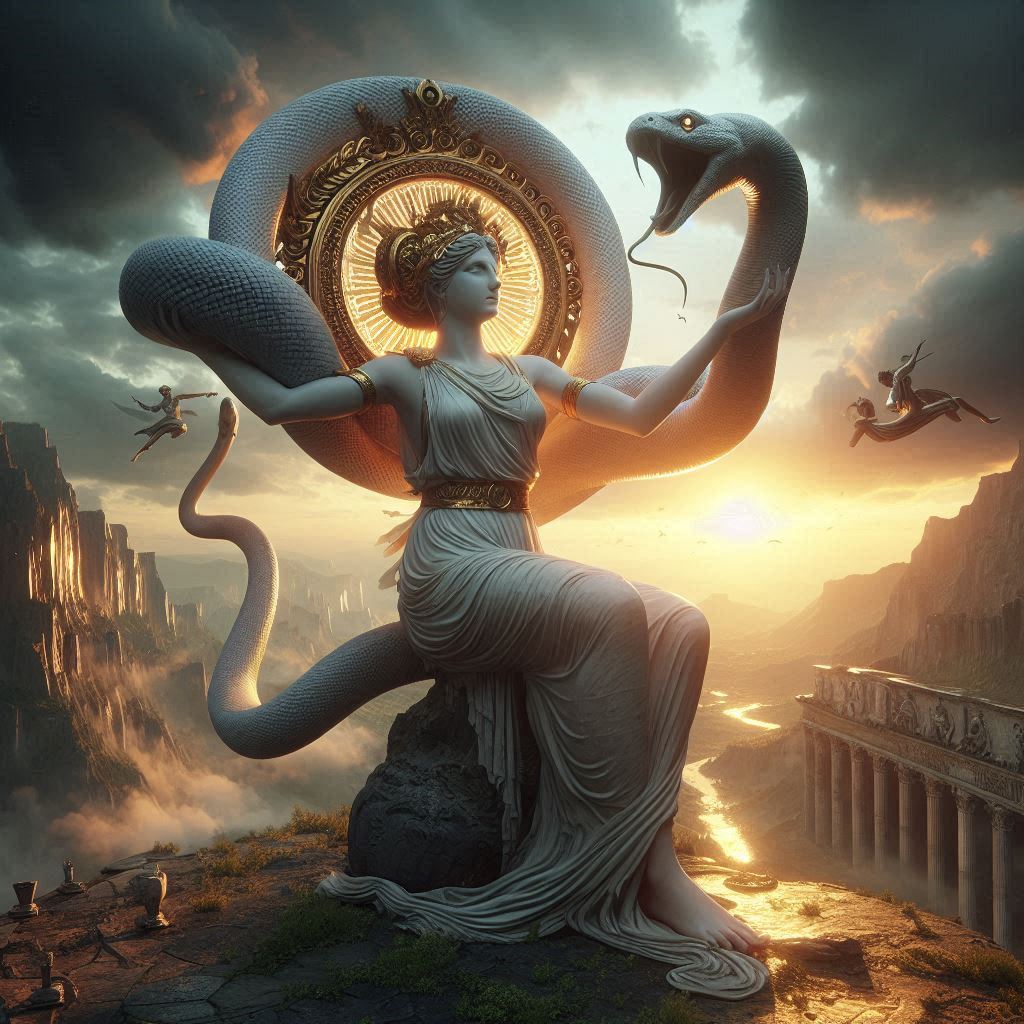Table of Contents
J.R.R. Tolkien Masterpieces: A Comprehensive Exploration of His Greatest Works
John Ronald Reuel Tolkien (1892–1973) was not just a writer but a mythmaker. A professor of Anglo-Saxon and English language at Oxford, he crafted one of the most elaborate fictional universes in literary history—Middle-earth. His works, including The Hobbit, The Lord of the Rings, and The Silmarillion, have influenced generations of fantasy writers and remain cultural landmarks.

This essay examines Tolkien’s greatest books, analyzing their themes, literary significance, and enduring appeal. By exploring his major works, we can understand why Tolkien is considered the father of modern fantasy.
1. *The Hobbit (1937) – The Gateway to Middle-earth
Summary
The Hobbit began as a bedtime story for Tolkien’s children and evolved into a beloved classic. It follows Bilbo Baggins, a comfort-loving hobbit, who is thrust into an adventure with thirteen dwarves and the wizard Gandalf to reclaim the Lonely Mountain from the dragon Smaug. Along the way, Bilbo encounters trolls, elves, goblins, and the enigmatic Gollum, from whom he acquires the One Ring.
Themes and Analysis
- The Hero’s Journey: Bilbo’s transformation from a timid hobbit into a cunning adventurer mirrors Joseph Campbell’s monomyth structure.
- The Value of Home: Unlike traditional quests that end in glory, Bilbo’s journey reinforces the Shire’s importance—a theme central to Tolkien’s works.
- Moral Complexity: Characters like Thorin Oakenshield show how greed can corrupt even noble figures.
Literary Significance
The Hobbit introduced Middle-earth to the world, blending fairy-tale charm with epic stakes. Its success encouraged Tolkien to expand his mythology, leading to The Lord of the Rings.
2. *The Lord of the Rings (1954–1955) – The Defining Fantasy Epic
Summary
Comprising The Fellowship of the Ring, The Two Towers, and The Return of the King, The Lord of the Rings is Tolkien’s magnum opus. Set decades after The Hobbit, it follows Frodo Baggins’ quest to destroy the One Ring, aided by the Fellowship—a diverse group including Aragorn, Legolas, Gimli, and Gandalf. Meanwhile, the Dark Lord Sauron wages war against Middle-earth’s free peoples.
Themes and Analysis
- The Corrupting Power of Evil: The Ring symbolizes absolute power’s danger, testing even the noblest characters like Boromir and Galadriel.
- Friendship and Sacrifice: Samwise Gamgee’s loyalty to Frodo is one of literature’s greatest depictions of friendship.
- Hope Against Despair: Aragorn’s rise as king and the Hobbits’ resilience embody Tolkien’s Catholic faith and his World War I experiences.
Literary Significance
- World-Building Mastery: Tolkien’s creation of languages (Elvish, Dwarvish), histories, and cultures set a new standard for fantasy.
- Genre-Defining Influence: Without The Lord of the Rings, modern fantasy (from Game of Thrones to The Wheel of Time) would not exist in its current form.
3. *The Silmarillion (1977) – The Mythological Foundation of Middle-earth
Summary
Published posthumously by Tolkien’s son Christopher, The Silmarillion is a collection of mythic tales spanning Middle-earth’s creation to the Third Age. It includes:
- Ainulindalë (The Music of the Ainur): The world’s creation through divine harmony.
- Quenta Silmarillion: The tragic saga of the Elves’ wars over the Silmarils—jewels containing holy light.
- Akallabêth: The downfall of Númenor, Tolkien’s Atlantis-like civilization.
Themes and Analysis
- Divine Providence vs. Free Will: The Valar (angelic beings) shape the world, but elves and men make fateful choices.
- Tragedy and Heroism: Figures like Fëanor and Beren exemplify pride and love, respectively, leading to glorious yet sorrowful ends.
- Mortality as a Gift: Unlike Elves, Men’s short lives are framed as a divine blessing—a unique Tolkienian philosophy.
Literary Significance
- A Work of Legend, Not Just Fiction: The Silmarillion reads like a cross between the Bible and Norse sagas, elevating Tolkien’s world beyond mere storytelling.
- Essential for Tolkien Scholars: It deepens understanding of The Lord of the Rings (e.g., Aragorn’s lineage traces back to these ancient tales).
4. *Unfinished Tales (1980) – Lost Stories of Middle-earth
Summary
This compilation includes abandoned drafts, alternate versions, and expanded lore, such as:
- “The Disaster of the Gladden Fields” (Isildur’s death and the Ring’s loss).
- “The Hunt for the Ring” (Gandalf’s pursuit of Gollum before The Fellowship).
- “The Marriages of Celeborn and Galadriel” (detailing their backstory).
Themes and Analysis
- Historical Depth: These fragments enrich Middle-earth’s timeline, offering “what-if” scenarios.
- Character Insights: Learn more about Istari (wizards), the Palantíri, and the Druedain (a lesser-known race).
Literary Significance
- A Bridge Between The Silmarillion and LotR: Clarifies unresolved mysteries (e.g., Gandalf’s origins).
- For Dedicated Fans: Casual readers may find it dense, but enthusiasts treasure its revelations.
5. *The Children of Húrin (2007) – Tolkien’s Darkest Tale
Summary
Set in the First Age, this tragic novel follows Túrin Turambar, a cursed warrior whose defiance of Morgoth (Middle-earth’s Satanic figure) leads to ruin. His tale involves incest, betrayal, and a dragon-slaying—yet ends in despair.
Themes and Analysis
- Fate vs. Free Will: Túrin’s struggles mirror Greek tragedies like Oedipus Rex.
- The Cost of Pride: His refusal to yield to fate destroys everyone he loves.
- Morgoth’s Evil: Unlike Sauron, Morgoth is pure nihilism, making him Tolkien’s ultimate villain.
Literary Significance
- A Standalone Epic: More accessible than The Silmarillion but equally profound.
- Tolkien’s Bleakest Work: Shows his range beyond hopeful endings.
6. Other Notable Works
- The Adventures of Tom Bombadil (1962): A whimsical poetry collection.
- The Fall of Gondolin (2018): A posthumous publication detailing an Elven city’s destruction.
Conclusion: Tolkien’s Enduring Legacy
Tolkien’s books are more than stories—they are a mythology for the modern age. From The Hobbit’s charm to The Silmarillion’s grandeur, his works explore timeless themes: courage, corruption, love, and loss. His influence is immeasurable, shaping fantasy literature, gaming (Dungeons & Dragons), and cinema (The Lord of the Rings films).
While George R.R. Martin and others have expanded fantasy’s boundaries, Tolkien remains its cornerstone. His books invite readers not just to escape reality but to find deeper meaning within it—a testament to his genius.


No responses yet